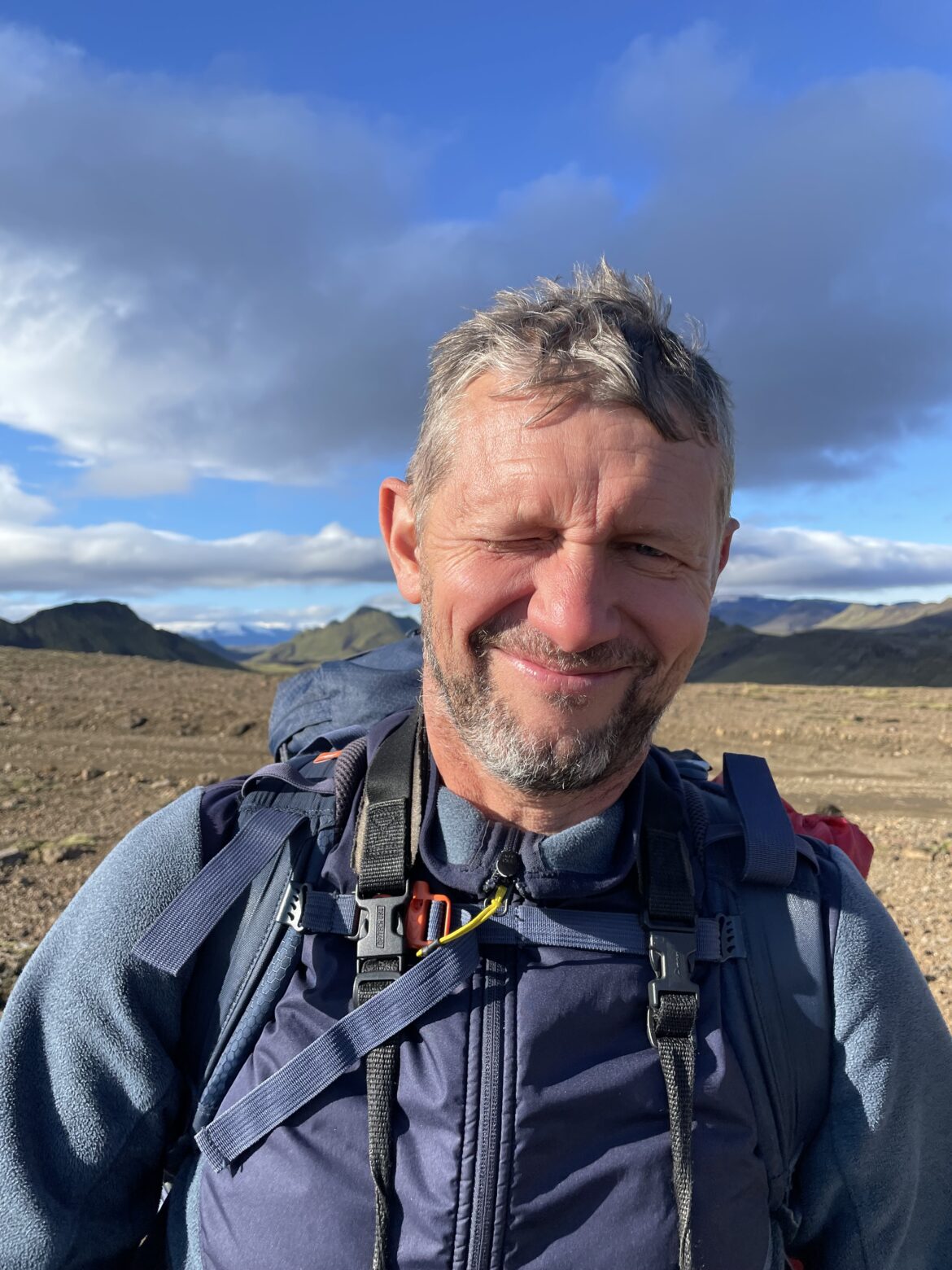Philippe Patay

Philippe Patay Pétursson, « Filippus », 72, est arrivé en Islande à 20 ans. Sigriður et lui ont trois enfants. Ils sont les fondateurs de Fjallabak. Grand marcheur, photographe, observateur de la nature et des oiseaux en particulier, il a beaucoup voyagé et guidé loin de chez lui, au Sahara, au Groenland, en Ecosse, aux Féroé, en Afrique de l’Est, au Népal… Il s’est découvert il y a quelques années un penchant naturel pour la Patagonie et l’Aubrac. Membre de l’association des guides d’Islande depuis 45 ans, il est aussi un ornithologue amateur éclairé et est à lui seul une encyclopédie islandaise. Il fut le premier au début des années 70 à proposer les premiers trekking et raids à ski dans son pays d’adoption. Ce conteur hors pair a aussi un penchant raisonnable pour les discussions philosophiques et les jeux de mots absurdes. Aujourd’hui il est plus ou moins à la retraite et a passé le flambeau à Matta, sa fille ainée. Ce qui ne l’empêche pas de continuer à guider des groupes spéciaux. Pour toute demande spéciale qui aurait à voir avec les oiseaux par exemple, un reportage, une retraite de robinson, contactez-le directement : philippe@fjallabak.is
Instagram: philippepatay



